Explore how ancient superstorms and geological forces turned the American West red. Discover the science behind iconic red rock landscapes in Utah, Arizona, and beyond.
Introduction
From the fiery red spires of Utah’s Bryce Canyon to the deep crimson cliffs of Arizona’s Sedona, the American West is famous for its stunning red rock formations. But what painted this landscape such a vibrant hue? According to recent studies, the answer lies in ancient superstorms that ravaged the land millions of years ago. These cataclysmic weather events, combined with geological and chemical processes, created the red sandstone and iron-rich soils that define the region today.
The Geological Backdrop of the American West
Long before cowboys, canyons, and deserts, the American West was part of a vastly different world. During the Permian and Triassic periods, roughly 250 to 200 million years ago, this area was covered by vast river systems, swamps, and inland seas. Over time, layers of sedimentary rock formed from the accumulation of sand, silt, and clay.
However, the striking red coloration of these rocks didn’t happen overnight. It required a combination of chemical weathering, mineral oxidation, and—most surprisingly—powerful superstorms that swept across ancient landscapes.
What Are Superstorms and How Did They Form?
In this context, superstorms refer to extreme weather events that occurred in prehistoric times—immense, long-lasting storms that reshaped entire ecosystems. These storms dumped colossal amounts of water across arid regions, causing flash floods, landslides, and sediment displacement.
Scientists believe these ancient megastorms played a crucial role in:
Mobilizing minerals like iron from deep underground
Redistributing sediments across floodplains and basins
Enhancing oxidation processes when iron minerals were exposed to oxygen-rich water and air
The result? Large-scale iron oxidation that stained vast regions of rock in hues of red, orange, and brown—just like a rusting iron surface.
The Science Behind the Red Color
The iconic red color of the American West is primarily due to iron oxide, commonly known as hematite or rust. When iron-rich minerals in the rocks were exposed to oxygen and water—especially during massive storm events—they underwent oxidation, forming reddish compounds.
This is the same chemical process that causes iron metal to rust. Over millions of years, this reaction occurred repeatedly across vast landscapes, especially in porous rock layers like sandstone.
Regions like:
Monument Valley (Arizona/Utah)
Zion National Park (Utah)
Red Rock Canyon (Nevada)
Painted Desert (Arizona)
…owe their surreal red tones to this natural phenomenon, amplified by climatic extremes.
Fossil Clues and Sediment Layers
Geologists studying rock layers have found evidence of ancient rainfall patterns, storm debris, and fossilized ripple marks—clues that superstorms once swept across the land. These layers tell a story of episodic flooding, sediment layering, and rapid environmental shifts.
In some places, cross-bedded sandstone layers reveal the shifting direction of winds and water flows, suggesting the chaotic impact of these storms. The presence of iron concretions—spherical iron-rich nodules found in places like Utah’s “Moqui marbles”—also points to ancient chemical interactions triggered by stormwater percolation.
Climate Change and the Role of Oxygen
Another key factor in the red transformation of the American West was the rise in atmospheric oxygen during the Paleozoic era. Higher oxygen levels allowed for greater oxidation of minerals during weather events.
These geological changes also coincided with climate shifts toward hotter, drier conditions that further concentrated iron oxides near the Earth’s surface. As the seas receded and the climate dried, wind and water erosion sculpted the colorful mesas, arches, and buttes we see today.
Why This Matters: Reading the Earth’s History
Understanding how superstorms and geology shaped the American West offers more than just an explanation for its beauty—it provides insights into:
Earth’s ancient climate cycles
How extreme weather events affect ecosystems
How minerals and landscapes evolve over time
With modern climate change bringing increasingly severe storms, these ancient patterns may offer clues about our planet’s future.
Tourism, Culture, and the Red Rock Legacy
Beyond science, the red rocks of the American West are woven into the cultural identity of the region. They have become icons in Native American legends, Hollywood films, and spiritual tourism. Locations like Sedona are considered energy centers, attracting visitors seeking healing and inspiration from the landscape itself.
Geotourism continues to flourish in parks like Arches, Canyonlands, and Grand Staircase-Escalante, where travelers come to witness the geological artistry shaped by millennia of storms and erosion.
Conclusion
The deep reds and burnt oranges of the American West are not just a visual marvel—they are a geological record of ancient superstorms, shifting climates, and the relentless sculpting power of time. These forces have transformed ordinary rock into a palette of nature’s most dramatic colors.
Next time you find yourself surrounded by red cliffs and desert towers, remember: you’re standing in the aftermath of a prehistoric storm that painted history onto stone.



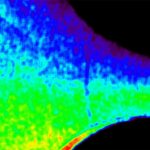


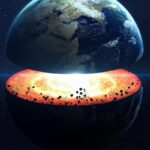
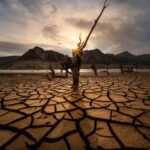
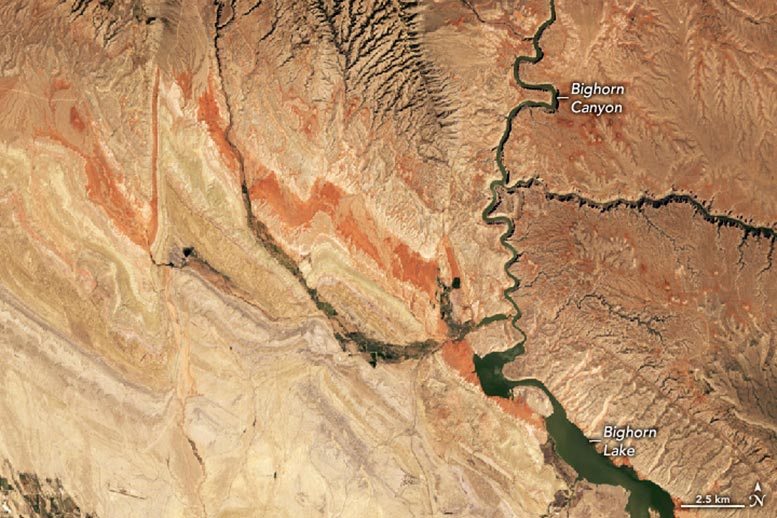


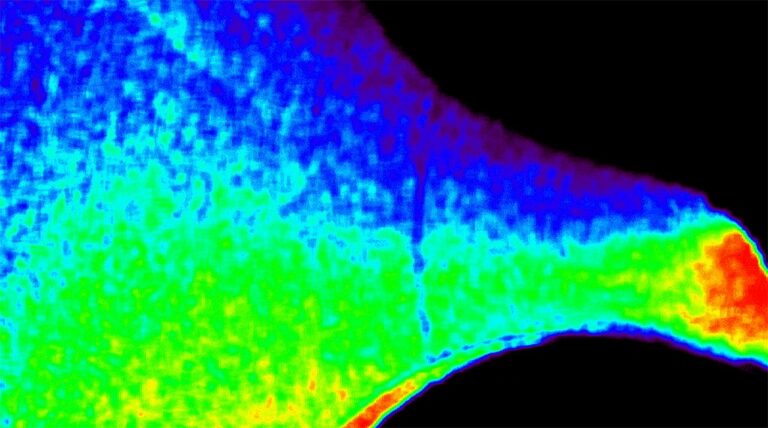
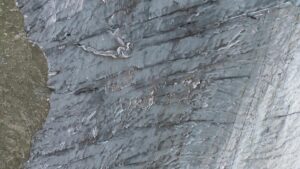

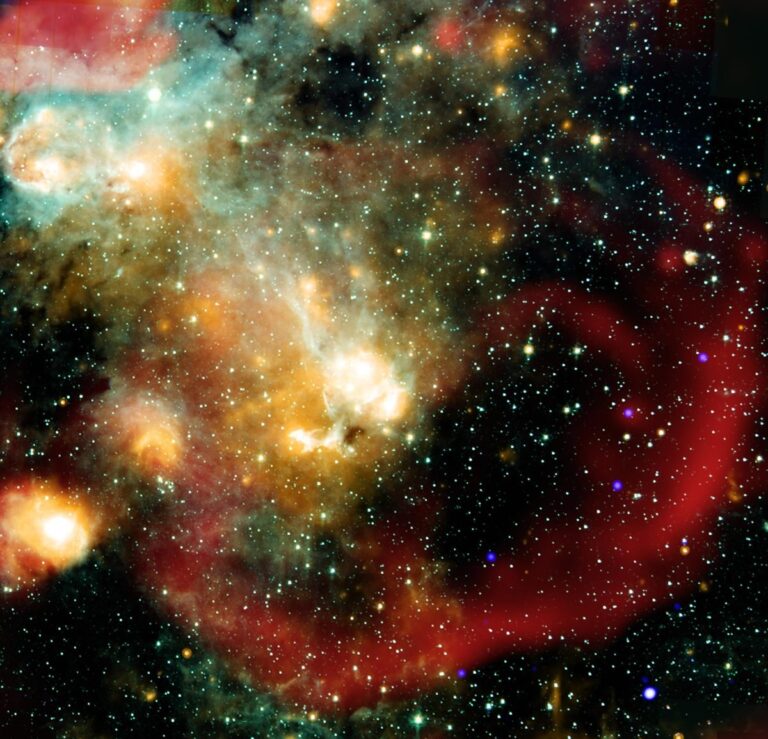


+ There are no comments
Add yours